Ranked: the best and worst fruits according to nutritionists
Take a bite
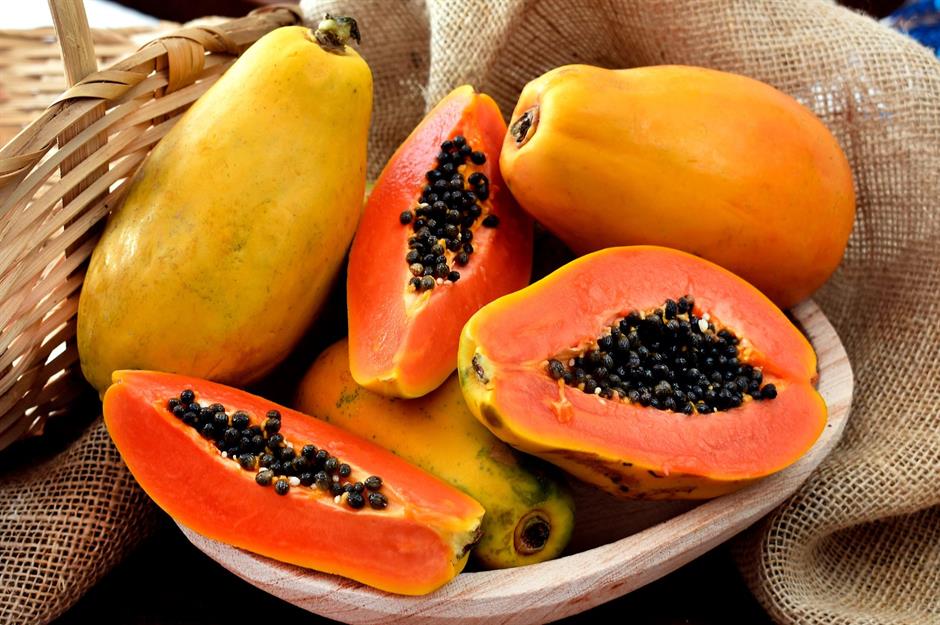
Sweet, juicy and packed with nutrients, a ripe piece of fruit is the treat we can all feel good about indulging in. But some fruits are more useful than others when it comes to helping us hit our health goals, particularly when eating on a budget and trying to keep our sugar levels in check. So, where should you be looking when it comes to sweet treats, and are there any fruits we should actually avoid? We spoke to a nutritionist to learn which fruits are the pick of the crop.
Click or scroll through our gallery to discover the best and worst fruits according to experts – counting down from the healthiest to the one with the least nutritional value.
We've based our ranking on the health-boosting credentials of each fruit, with input from a registered nutritionist.
26. Blueberries
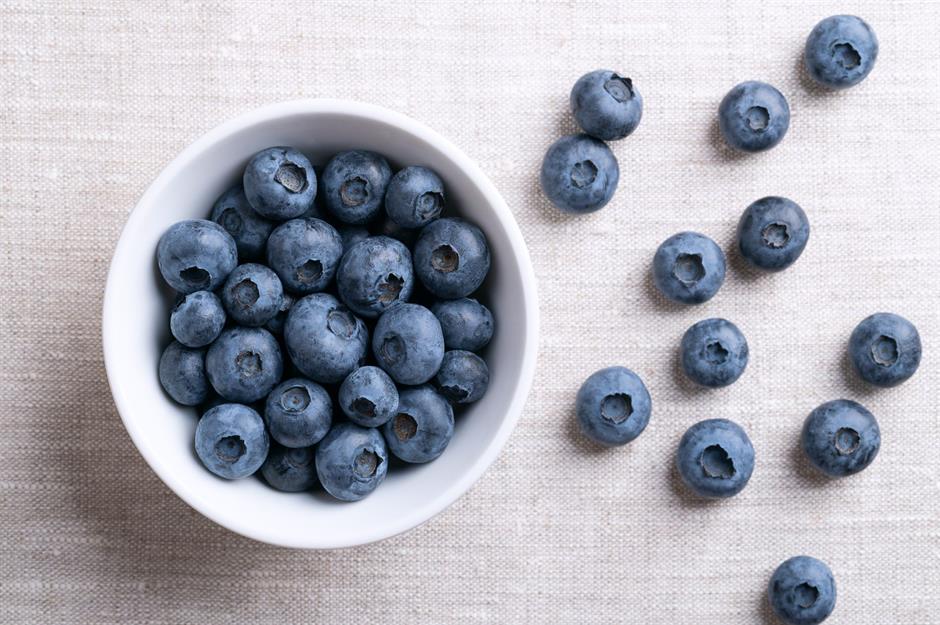
Our list starts with the healthiest option: blueberries. Those midnight-blue berries you love in smoothie bowls, pancakes and fruit salads get a top ranking from nutritionists. "Blueberries are a favourite for their high levels of anthocyanin, an antioxidant that helps protect cells from damage," says registered nutritionist GQ Jordan. "They’re sweet but moderate in sugar, making them a nutritious choice for regular snacking." US research shows that their nutrients can withstand some cooking, but blueberries are best enjoyed raw.
25. Pomegranates
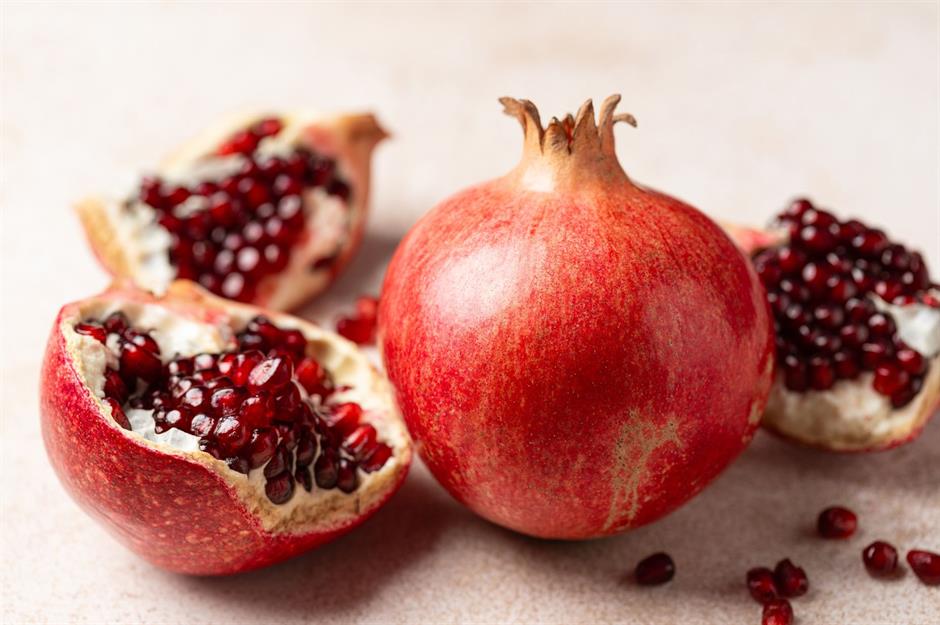
Listen up if you love these ruby-red jewels in your couscous or tagine. "Pomegranates are high in antioxidants, particularly a type called punicalagins, and vitamin C," says GQ. "The seeds – technically called 'arils' – are naturally sweet but high in fibre, so moderate portions can help keep sugar intake balanced." We can't promise your pomegranate Negroni will bring the same health benefits, so eat those arils fresh and whole to maximise health gains.
24. Kiwi fruit
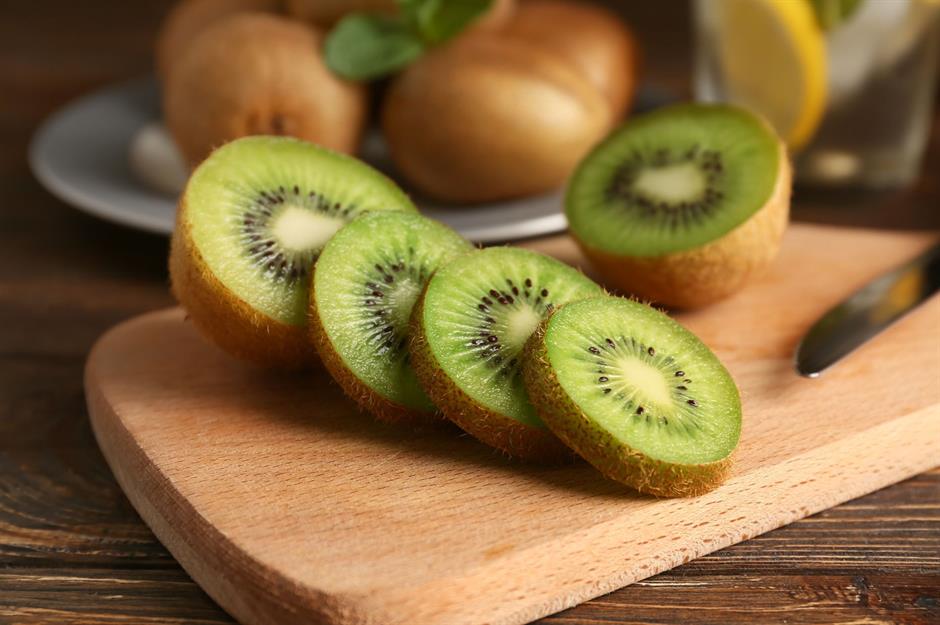
If you chart a fruit's vitamin and mineral content against its sugar load, this outsized furry berry is a top performer. "Kiwis pack plenty of vitamin C and fibre, plus enzymes like actinidin, which supports digestion," says GQ. "They’re relatively low in sugar and can be a great addition to bolster overall immunity." Their tart flavour makes them tricky to gorge on, but team kiwis with mellow yogurt and you're onto a winner.
23. Raspberries
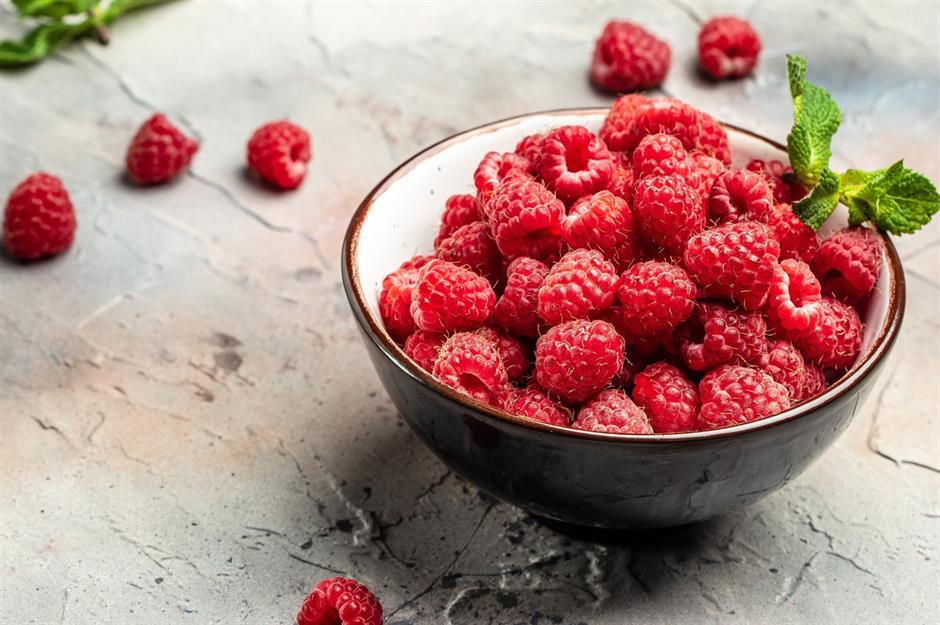
These crowd-pleasing berries are among the best sources of fibre you can eat. One serving provides around 35% of an adult’s recommended daily intake – more than apples or bananas – supporting digestion and blood sugar control. Raspberries are also packed with vitamin C, magnesium and potassium, plus plenty of powerful antioxidants and anti-inflammatory plant compounds.
22. Lemons
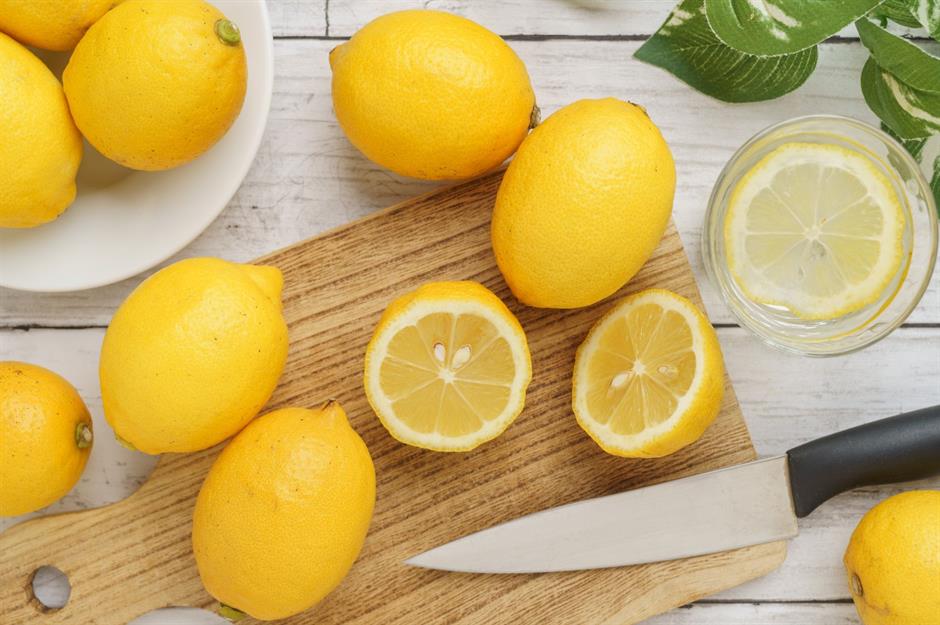
They're cheap, last ages in your fruit bowl and perk up so many sweet and savoury dishes – could lemons be the ultimate cook's best friend? "Lemons are loaded with vitamin C, helping to support immune function," says GQ. "They’re low in sugar too, but high in acidity, so while they brighten dishes and drinks, be mindful of your tooth enamel." Remember that lemon skin is often treated, so shop for unwaxed ones if you want to enjoy the fragrant zest.
21. Strawberries
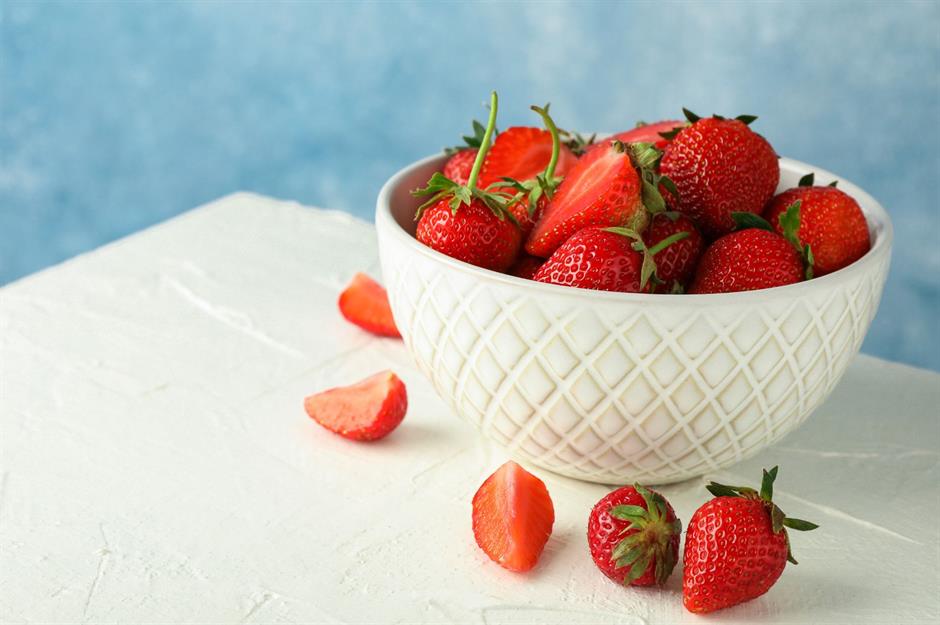
Who doesn't love a strawberry? These delicious juicy berries are sweet enough to eat without added sugar, but they're relatively low in fructose – the plant sugar that tends to be higher in tropical fruits. They're also rich in vitamin C (an eight-berry serving contains more than an orange) and a cocktail of other vitamins and minerals. Their succulent texture can make them tricky to store, so keep yours at the front of the fridge to make sure they stay at their best.
20. Cherries
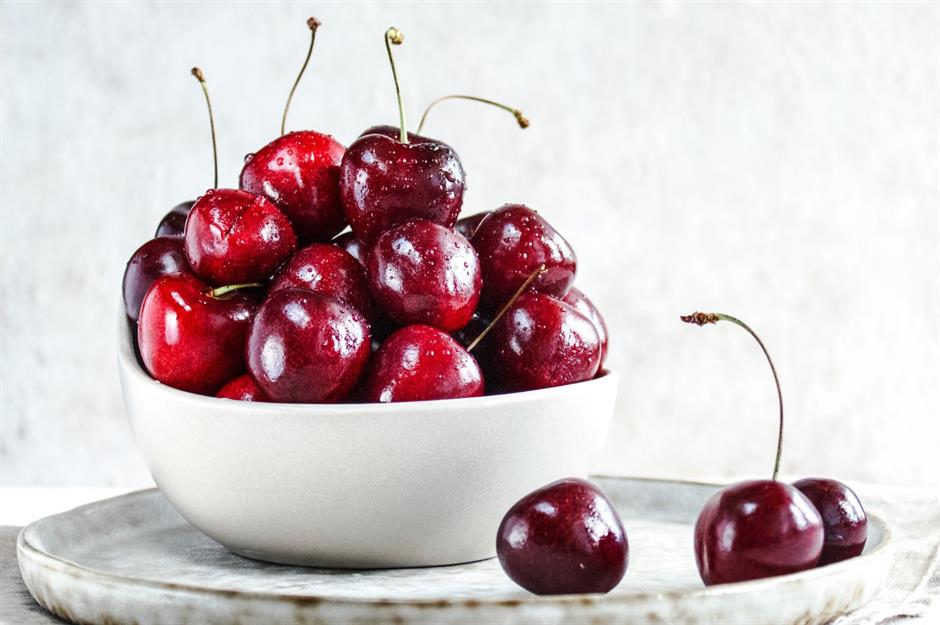
These ruby red stone fruits can help with everything from lowering blood pressure to promoting sleep and managing blood sugar, so they're a high-ranking addition to our list. Sour varieties can be particularly helpful for their antioxidant level (which may be up to five times higher than in sweet cherries), but their tart flavour makes them harder to enjoy. Beware of highly sweetened sour cherry products that boast a high nutrient profile but hide their sugar content on the back of the label.
19. Guavas
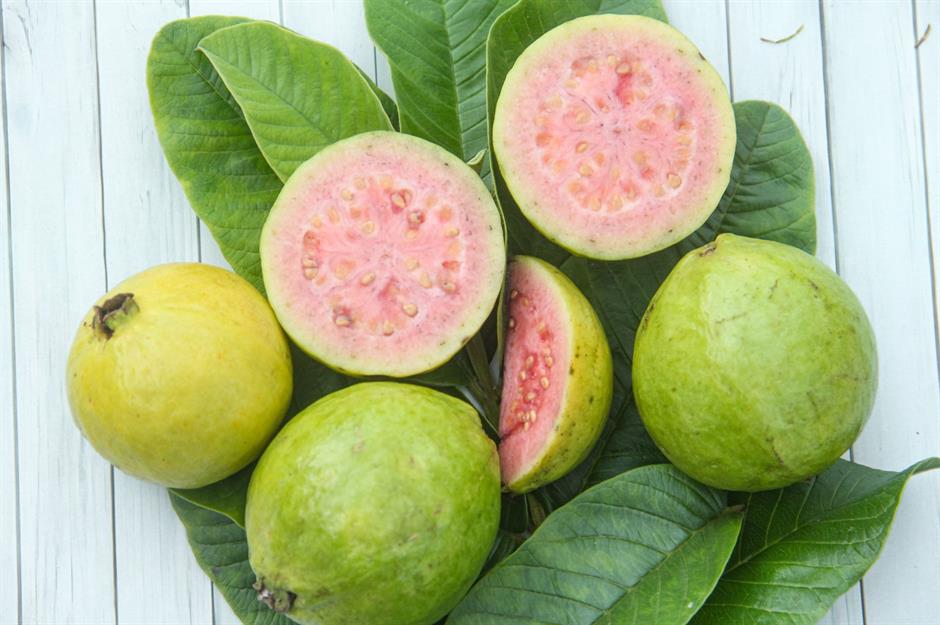
With more vitamin C than an orange and roughly the same amount of fibre as a bowl of porridge, pink or white guavas have a lot to offer. Like all tropical fruits, guavas are super sweet, making them a popular choice around the world – but their glycaemic index (GI) is lower than a banana's, meaning our bodies can metabolise that fructose without high sugar spikes. Surprisingly, guavas are also a source of protein, packing more of this essential cell-building nutrient than any other fruit.
18. Apples
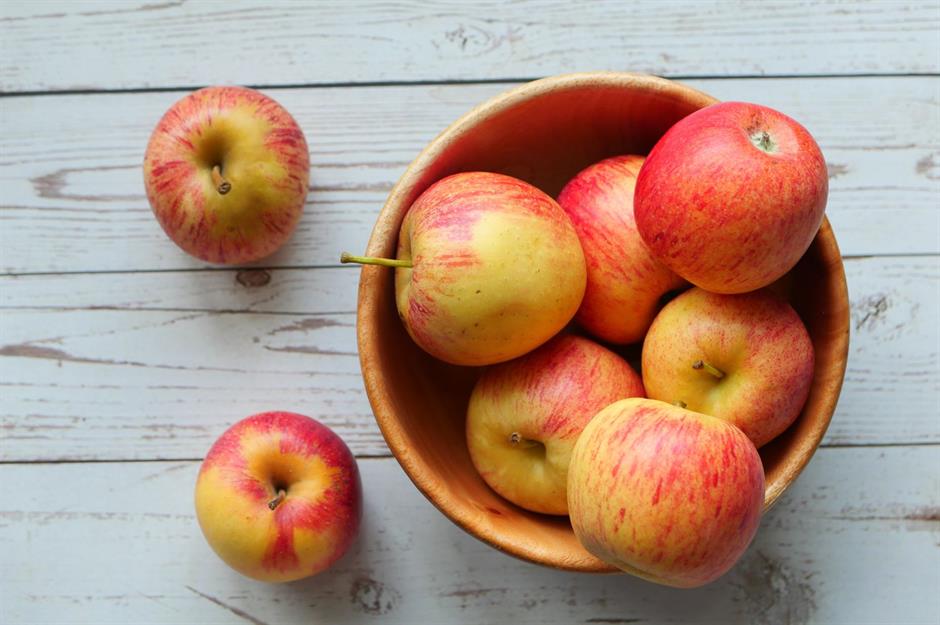
They may not be glamorous, but these ubiquitous fruits – widely available in a rainbow of varieties to suit every taste – are nutritional workhorses. "Apples are convenient, budget-friendly fruits that supply fibre, especially with the skin on," says GQ. "They do contain natural sugars, but pairing them with protein like nuts or nut butter can help balance blood sugar responses." Cooked apple freezes well, so prep ahead for a good addition to breakfast bowls and desserts.
17. Blackberries
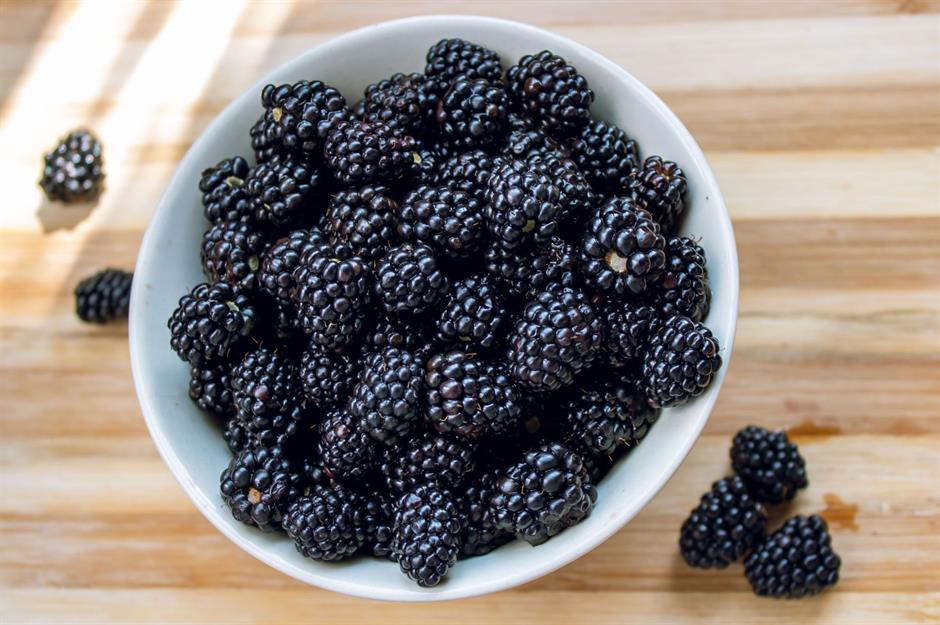
The bright stain left on your hands after holding a blackberry is testament to its high levels of anthocyanin, a precious antioxidant present in brightly coloured fruit and vegetables. Blackberries may be the cheapest way to access this nutrient, as they grow wild and are easily found in many parts of the world. They have a short harvest period but freeze brilliantly, so head out to pick them in an unpolluted area and put the washed berries on ice to enjoy year round.
16. Mangoes
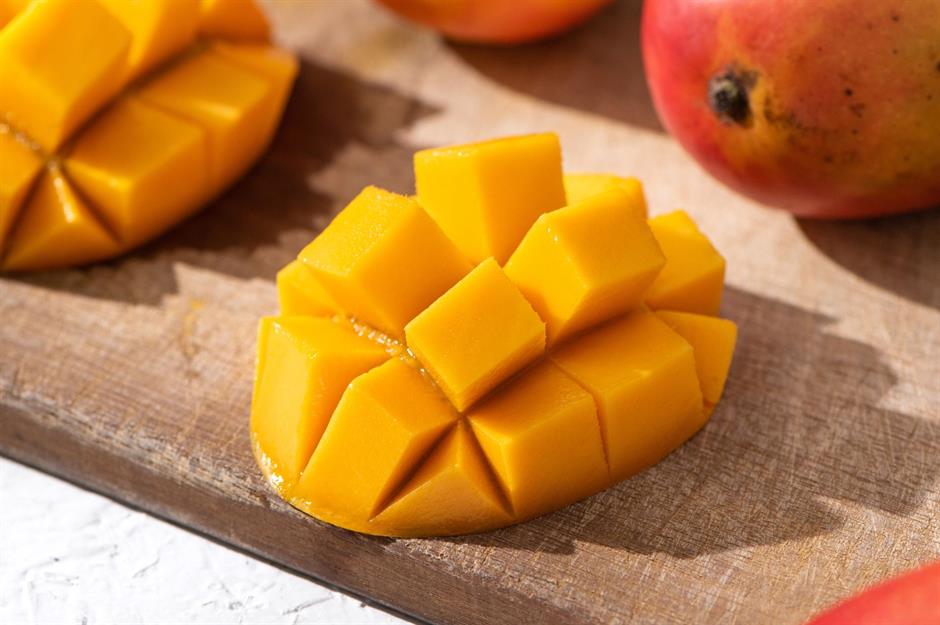
"Mangoes are a rich source of vitamins A and C, as well as various antioxidants," says GQ. "Their sugar content is on the higher side, so it's best to enjoy them in moderation or alongside protein and fibre-rich foods that help steady blood sugar." This sugar is particularly concentrated in dried mango, so go easy on this fibre-rich snack. Savvy cooks should opt for fresh mangoes, then squeeze lime juice over the top to boost the vitamin load and balance that sweetness.
15. Blackcurrants
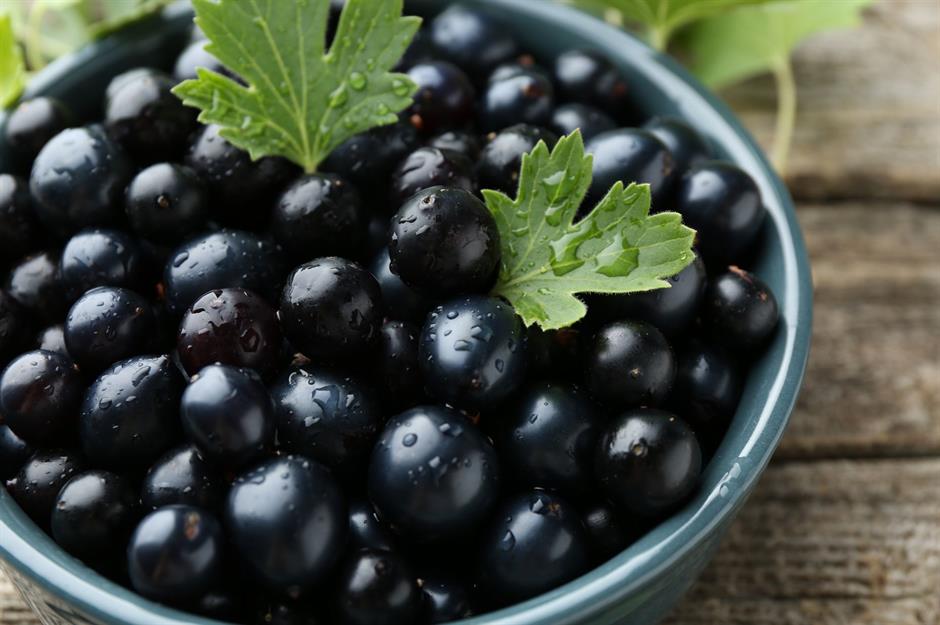
They release deep purple juice and can be very sour, so your instincts will probably tell you that blackcurrants are crammed with healthy antioxidants. These berries can protect our hearts, improve our immune systems and lower age-related damage to our cells... but what about the sugar we need to add to enjoy them? Well, Finnish research suggests that compounds in blackcurrant juice actually offset some of the impact of sugar on our bodies.
14. Oranges
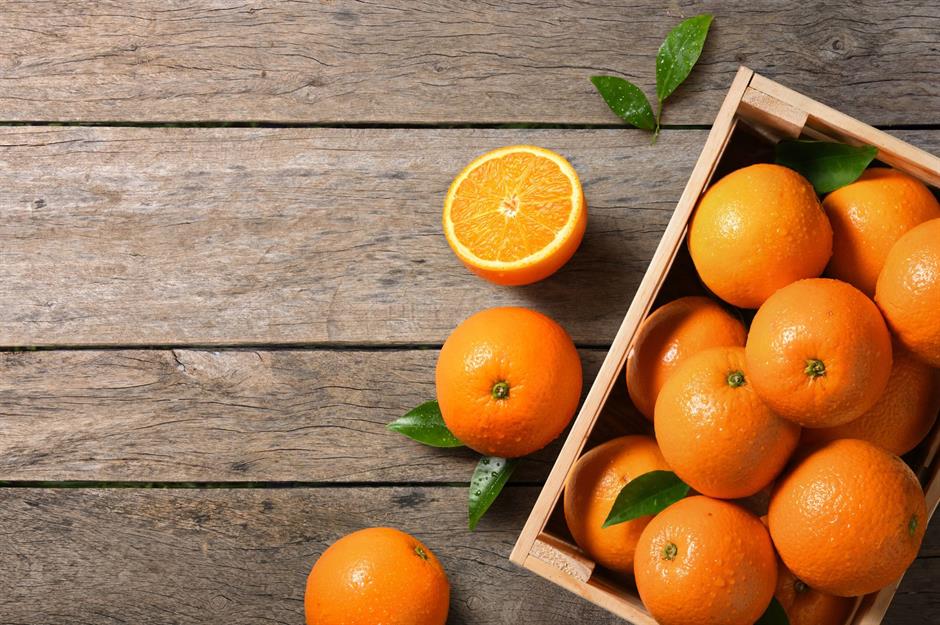
Most of us know that oranges are a great source of vitamin C – a single fruit can fulfil 100% of your recommended daily intake – but their high sugar load should cause us to consider how we're consuming them. "It’s best to eat oranges whole, as juicing removes most of the fibre and can lead to quick sugar spikes," says GQ. If you're counting that sweet juice as part of your fruit intake, try swapping to orange wedges instead.
13. Bananas
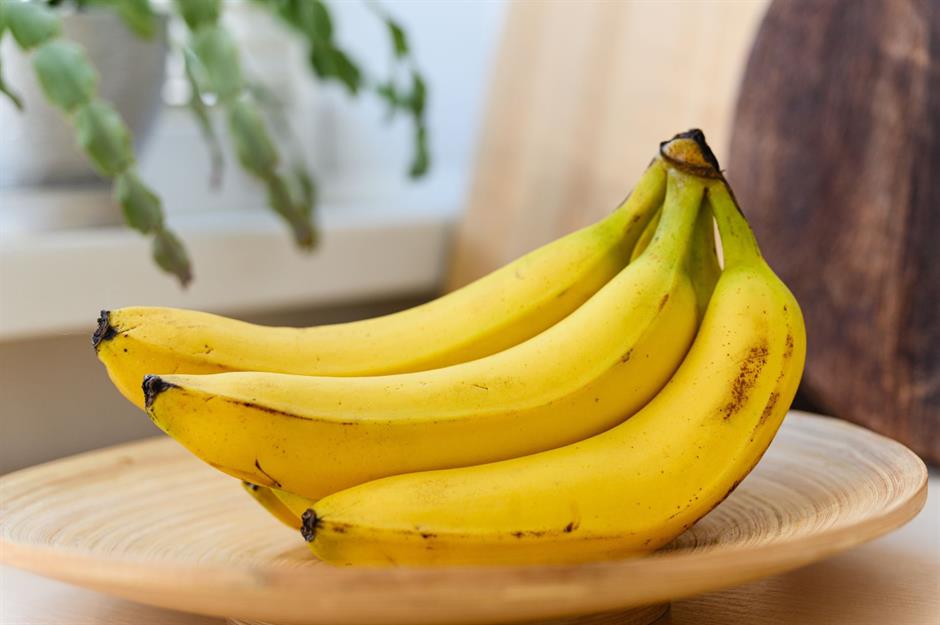
Making up the biggest slice of the world's fruit harvest (followed by watermelons and apples), the humble banana is beloved by everyone from professional athletes to picky toddlers. This popularity is a huge public health benefit: bananas deliver potassium, gut-healthy prebiotic fibre and even vitamin C to our bodies. The average banana does contain around three teaspoons of sugar though, so count it as a healthy treat.
12. Pears
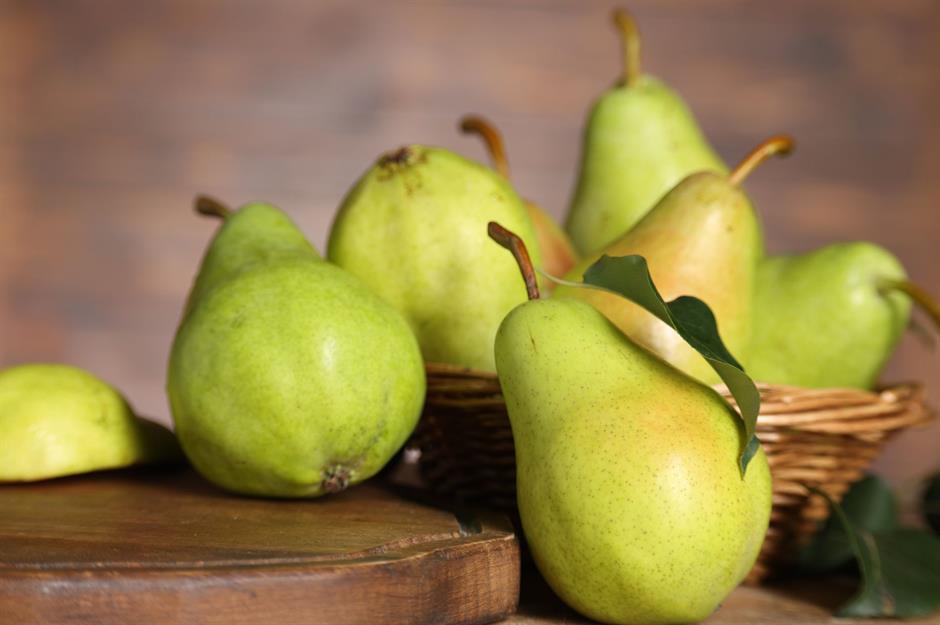
With a lovely juicy texture and distinctive flavour, ripe pears make a delicious snack. Research also confirms that they're packed with health-supporting active compounds, with their thin peel a particularly good source of nutrients. Pears are quite high in sugar – about 15% of each portion is sugar and fructose – and their juicy texture is also a drawback. According to research from Sweden, ripe pears have the worst wastage stats of any fruit, as they're easily scratched and bruised. Not ideal to chuck in a gym bag or lunchbox, then, but still a great choice for your fruit bowl.
11. Papayas
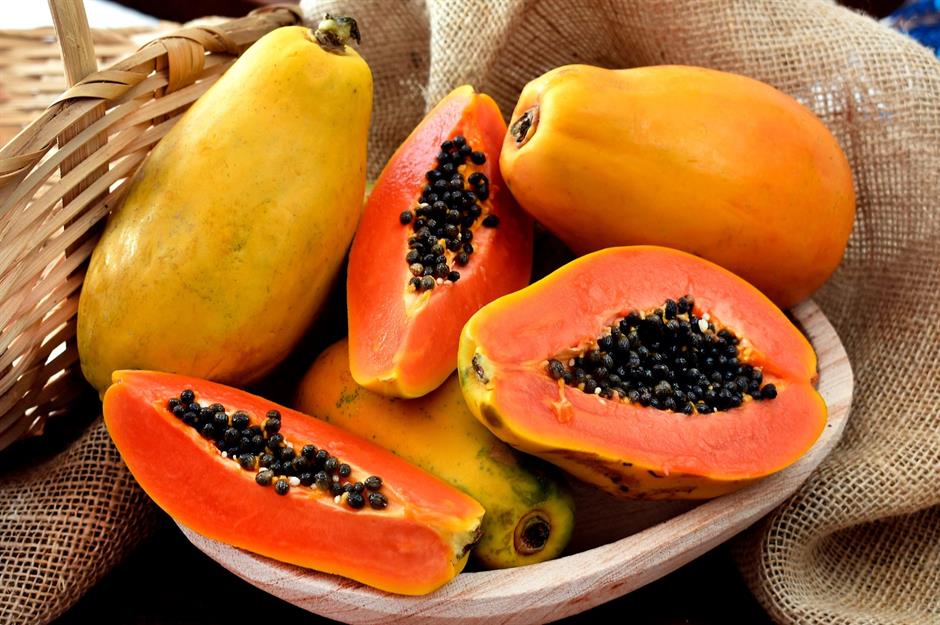
"Papayas offer a good amount of vitamin C and digestive enzymes, notably papain," says GQ. This anti-inflammatory is most active in the greener unripe fruits, which are lovely grated or cut into ribbons for Thai or Indonesian salads. "Papaya is naturally sweet but typically lower in sugar than other tropical fruits, making it a reasonable choice for those watching their intake." However, it can be an expensive and disappointing option outside of its tropical and sub-tropical growing regions.
10. Passion fruit
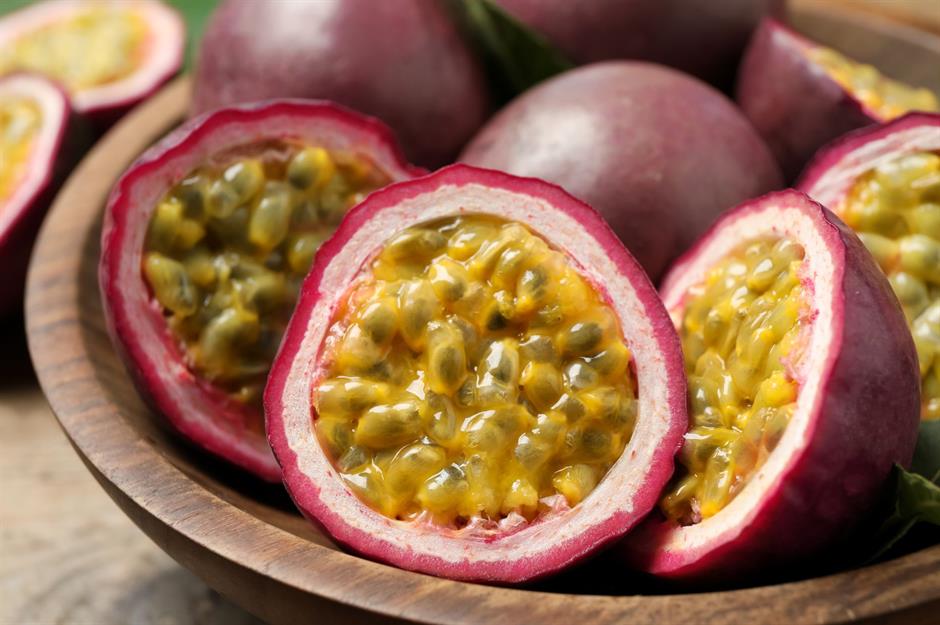
The sweet and sour pips and pulp of this purple fruit are prized for their zingy flavour, which cuts through in cakes, cocktails and fruit salads. It's also a nutritionist's dream; it's a great source of dietary fibre, has a relatively low GI and offers a cocktail of vitamins and minerals. However, it can take up to six fruits to get a full portion, and that's expensive in non-growing regions.
9. Cranberries
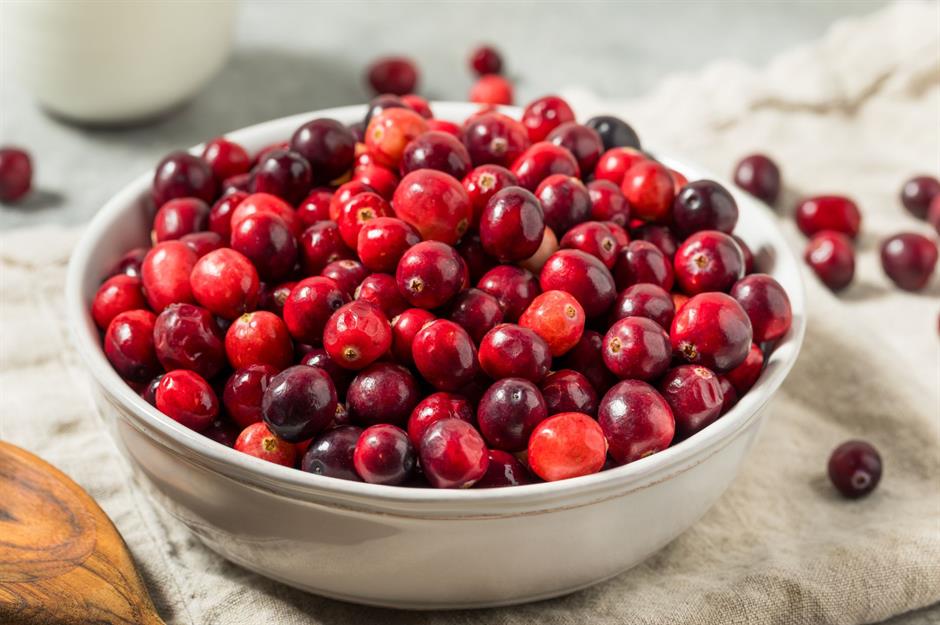
Only eat them in a sugary condiment at Christmas? You're not alone. "Cranberries are rich in antioxidants and are often linked to urinary tract health," says GQ. "But because they’re naturally tart, commercial products tend to include added sugar, so look for unsweetened options if possible." The raw fruits are the healthiest option, but try stirring dried cranberries into your muesli, porridge or flapjack mix for an easy nutritional boost.
8. White grapefruits
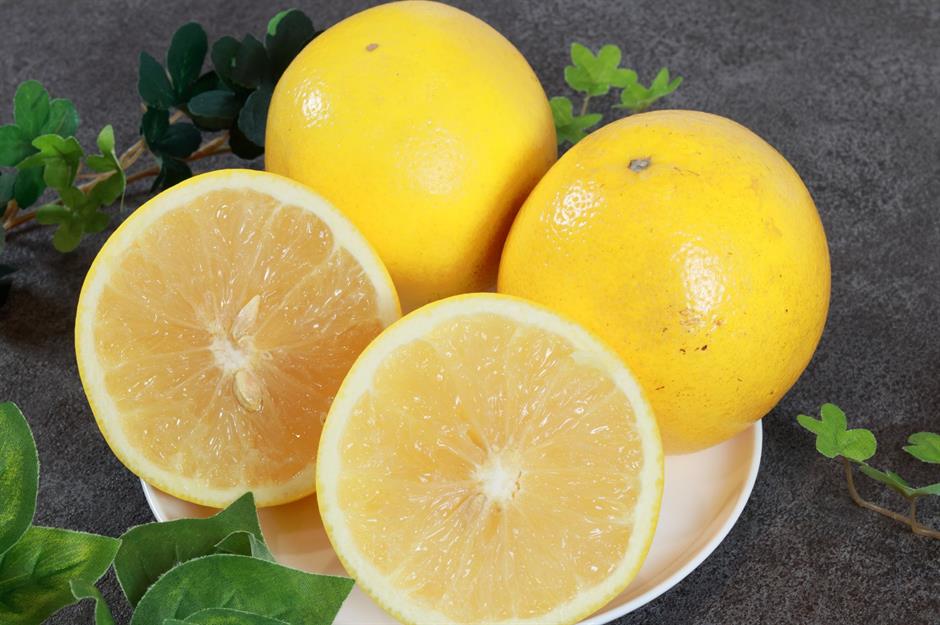
Research published by the USA's Centers for Disease Control and Prevention listed these tart fruits as the least nutrient dense of 41 'powerhouse' fruits and vegetables identified for reducing risk of chronic disease. "White grapefruit is lower in sugar compared to many fruits and provides vitamin C," says GQ. "Its tangy flavour sometimes leads people to add sugar, which reduces its nutritional benefits. Grapefruit can also interfere with certain medications, so it's always good to consult your doctor if you're taking any."
7. White grapes
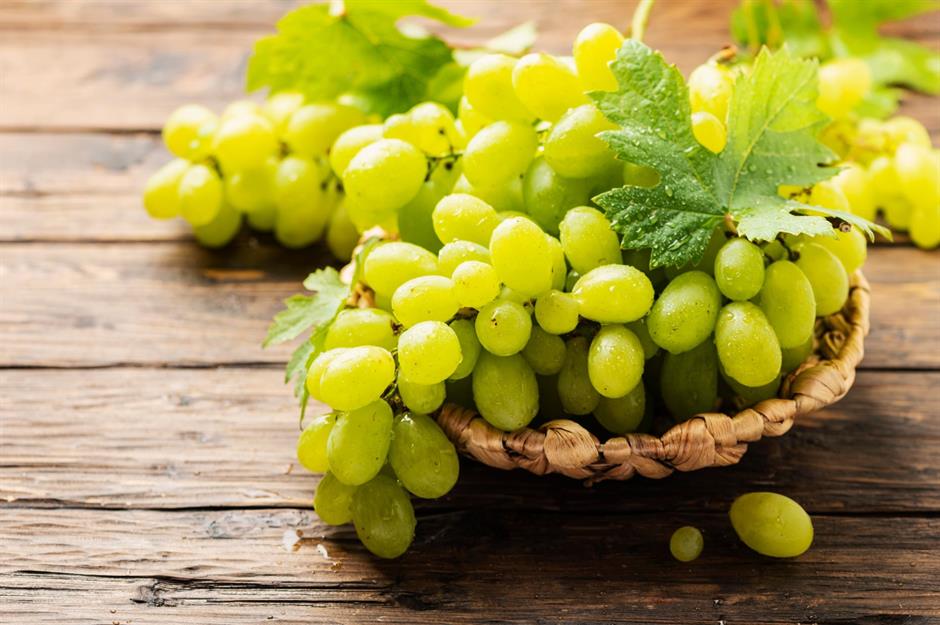
Seedless white grapes selectively bred for sweet-toothed shoppers are hugely popular – and while they're nutritionally imperfect, they have some value, especially if they're replacing ultra-processed sweet treats. "White seedless grapes contain some antioxidants, such as resveratrol," says GQ. This natural plant chemical can support heart health and slow the ageing process. "However, they’re relatively high in sugar, so keeping an eye on portion size can be beneficial." Swap to red-skinned grapes, and you'll instantly boost your antioxidant intake.
6. Pineapples
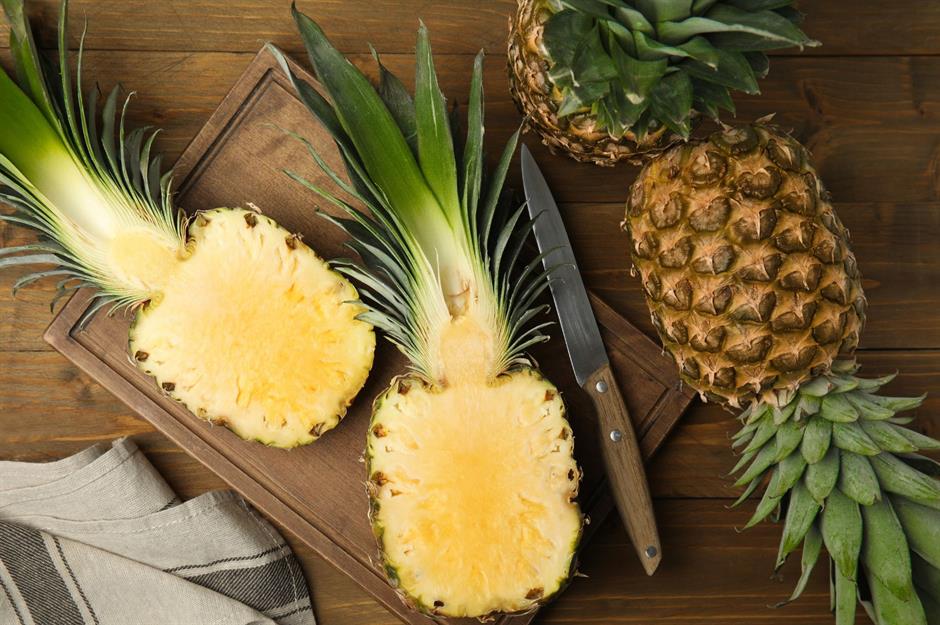
A juicy, ripe pineapple is a thing of real beauty, and a perfect package of nutritional benefits. Even with the fibrous parts trimmed away, pineapple is high in dietary fibre and contains an enzyme, bromelain, that helps digestive health. Like any acidic fruit, though, pineapple should be enjoyed in moderation; those suffering from acid reflux or sensitive teeth might experience discomfort when eating it. It's fairly high in fructose, too, so avoid candied or canned versions in syrup, as the sugar content easily outweighs the health benefits.
5. Figs
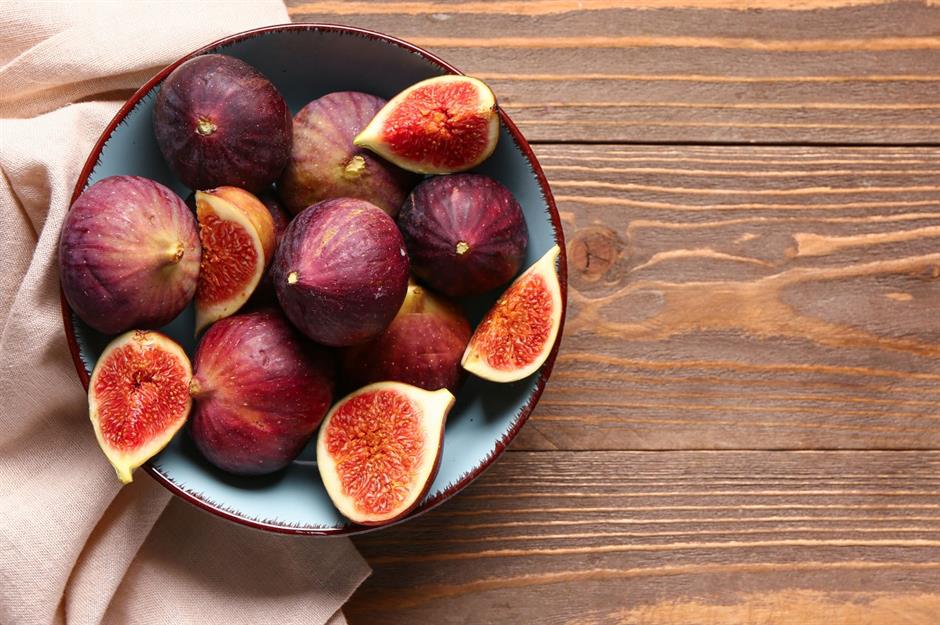
They're sweet, delicious and perfect paired with gooey blue cheeses or cured meats. However, their delicate, easily bruised flesh and short harvest means figs are often eaten dried, seriously upping their concentration of sugar. Figs are best eaten fresh and perfectly ripe, when the colourful skin can be consumed along with the juicy seeds. If dried figs are your only option, limit your intake; each fig can contain more than a teaspoon of sugar.
4. Watermelons
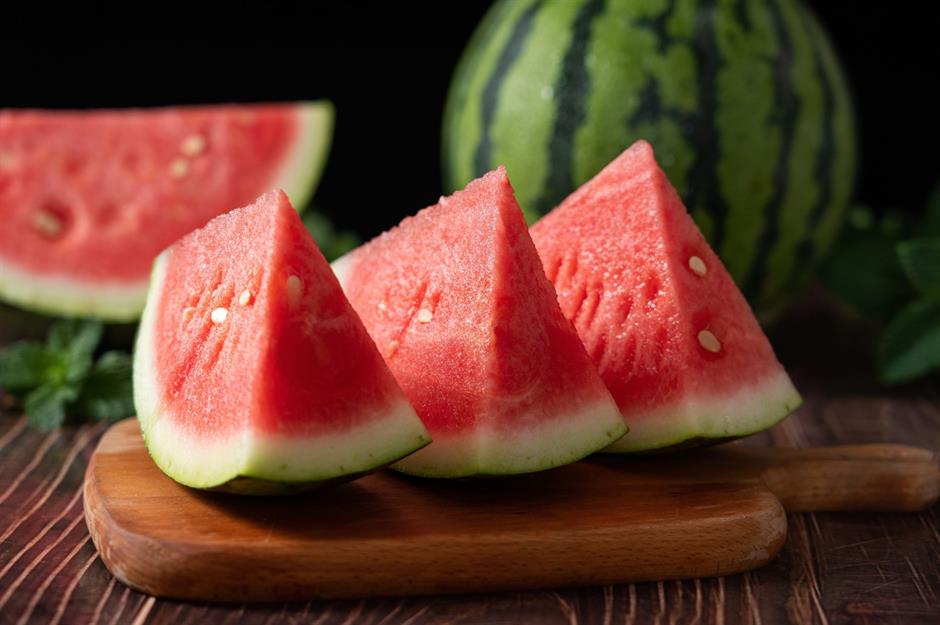
Sure, it's refreshing on a hot day, but is it any good for us? Well, the clue's in the name when it comes to the biggest benefits of this vibrant fruit. Made up of roughly 19 parts water to one part sugar, watermelon is better at hydrating the human body than powering it. It does, however, carry an impressive load of lycopene, a red antioxidant also found in tomatoes, which can lower our risk of chronic disease.
3. Dragon fruit
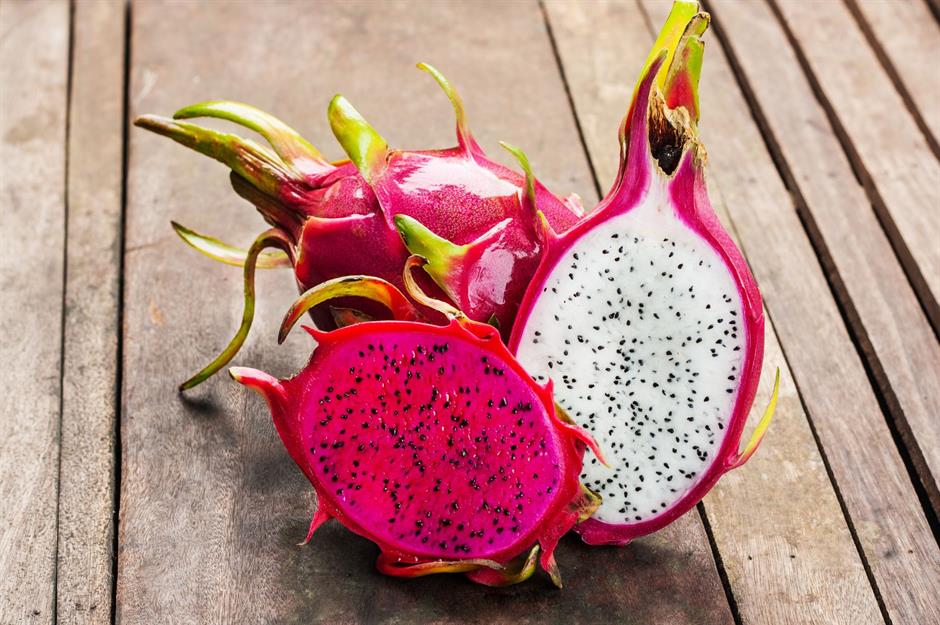
"Dragon fruit’s vibrant colour is linked to its antioxidant content, and it also contains vitamin C," says GQ. "It’s mild in taste and not as nutrient dense as some others on this list, but it's still a colourful and refreshing option." The white-fleshed variety is lower in sugar but also has fewer antioxidants than high-pigment red or pink dragon fruit, and it can have a bland flavour. All varieties are very expensive in most parts of the world, but if you live in a growing region where they're cheaper, enjoy!
2. Coconuts
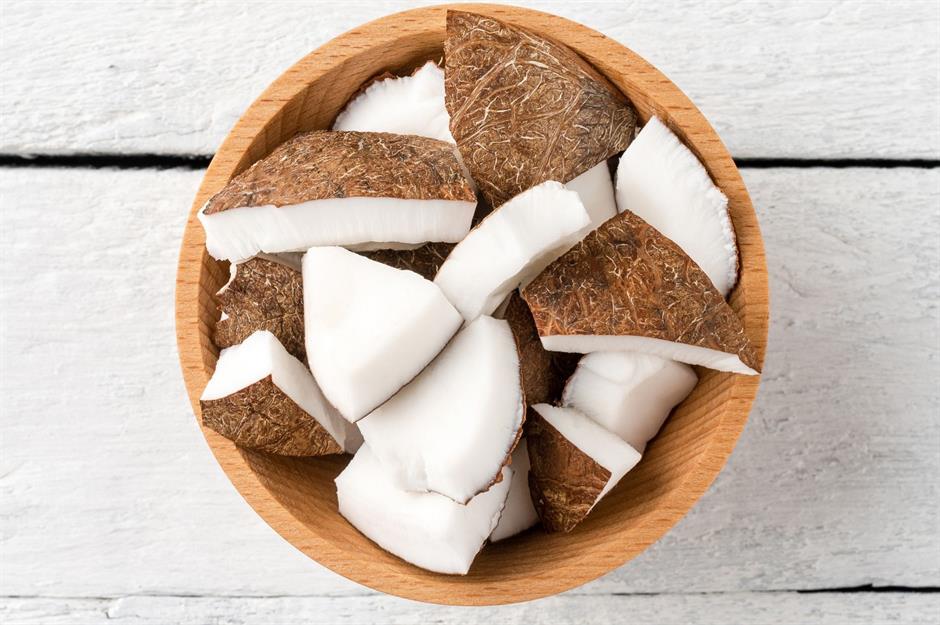
Coconut is a favourite ingredient for manufacturers to add to sugary granolas and cereal bars, which get a 'health halo' effect from its fibre content. It's far healthier to eat it fresh, if that's an affordable option in your part of the world. "Coconut meat provides healthy fats and fibre, which can help us feel full longer," says GQ. "Coconut water is refreshing and hydrating, but it contains more natural sugar, so keep an eye on serving sizes if you’re tracking your overall sugar intake."
1. Dates
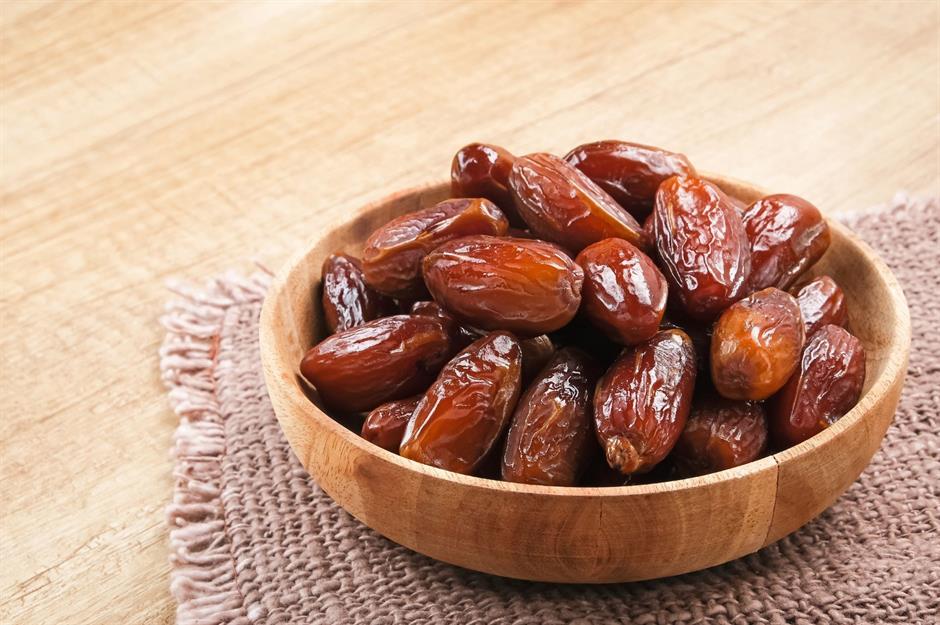
The fruits of the date palm tree are a big hit with bakers for the natural sweetness and gooey, chewy texture they bring. They also have a delicious deep, caramelly flavour and high fibre content, making them great for snacking, but be warned: gram for gram, dates pack more sugar than your favourite chocolate bar. Their high fibre content slows that sugar as it enters your blood stream; however, consider them an upgrade on your sweet indulgences, not a supplement.
Now discover the best and worst vegetables according to nutritionists
Comments
Do you want to comment on this article? You need to be signed in for this feature